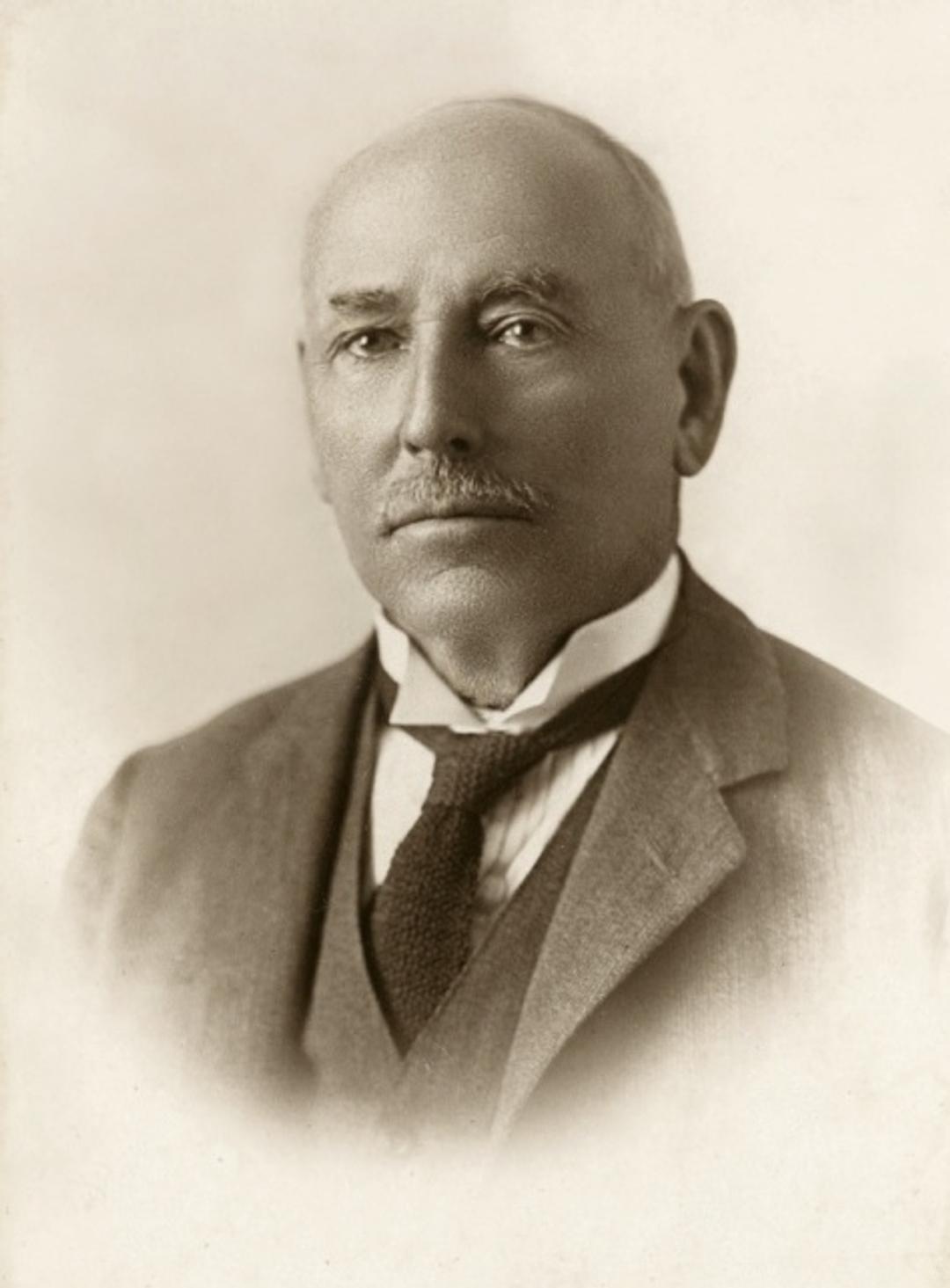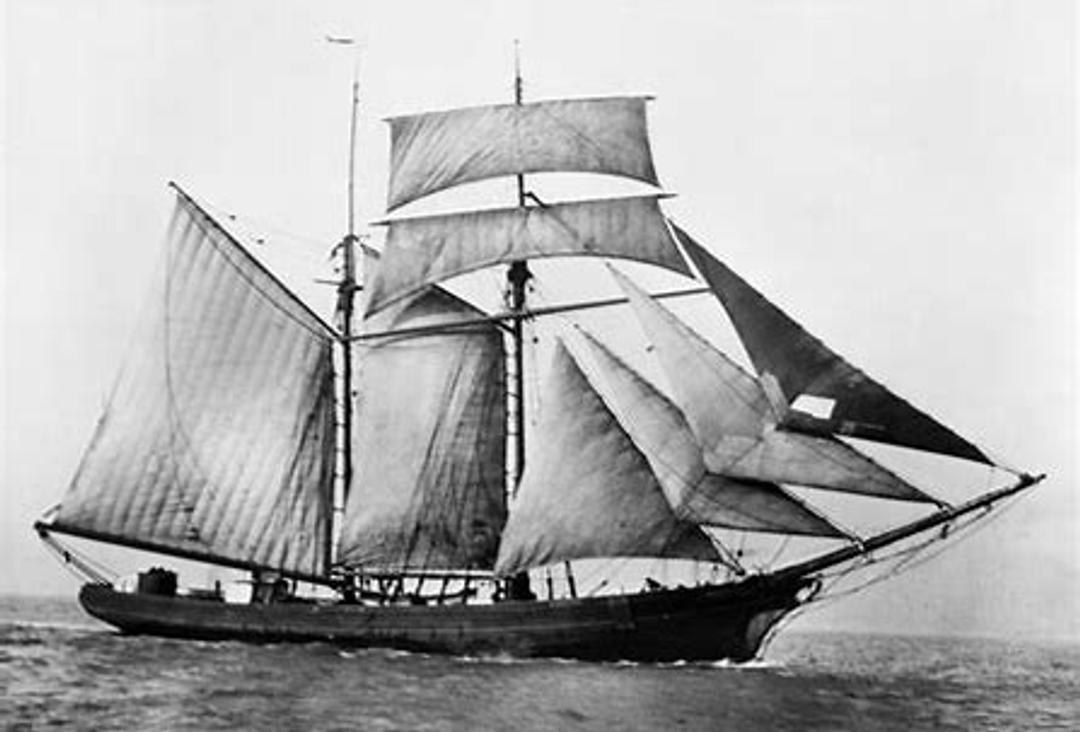Carl Otto Olsen
Vessel Name: Mavis
Carl Otto Olsen
Lost in the dinghy to lugger number 1; body not recovered
26 April 1896

James Clark

AE Browne built luggers Photo from ARHV Sea Museum

Schooner
Mavis was the largest pearling schooner in Australia. She arrived in Derby with her owner and master aboard. James Clark and his wife lived aboard the 81-ton vessel. They came to the WA pearl grounds in April 1886 from Thursday Island and the Aru Islands, where their 12 luggers had done well. James was moving his fleet to the King Sound pearl grounds.
James’ luggers were built mostly by AE Browne, Fremantle. They were typically 35 to 40 feet long and up to 12 feet across the beam. They had a deep keel and were ketch rigged.
The fleet arrived at King Sound at dusk on 26 April. There was a strong tide running through the straits and James was aware there were coral lumps and a reef to avoid. He made the decision to anchor outside the sound and signalled to his first mate Carl Otto Olsen.
Carl was a 24-year-old Norwegian who had emigrated to Queensland via assisted passage on the Chyebassa, at the age of 11 years. He operated a lugger and carried out the duties of first mate to the large fleet.
James told Carl to round up the stragglers at the back of the fleet and instruct them to anchor outside the Sound overnight. Carl set out in his lugger to the back of the fleet, telling other masters on the way to let go their anchors outside of the Sound and out of the running tide.
The strong tide and the wind were preventing Carl from making progress. He let go his own anchors and let down his dinghy. His diver-in-charge advised against rowing, but Carl was determined. He pulled towards the back of the fleet, stopping to tell the masters to anchor their vessels.
Visibility was diminishing as the evening grew older. Carl disappeared from sight. In the dark the crew from his lugger messaged James to advise him they had lost sight of Carl and his dinghy.
As the sun rose the fleet started to search for Carl. There was no trace of him, so James instructed his divers to get in the water and search under the surface. He ordered his crew to search the coast near the entrance to the Sound. They found the dinghy upside down five miles from Mavis. Carl was never found.
James proceeded into King Sound and set his luggers to work. He reported the loss of Carl to the authorities.
James Clark was born in New South Wales in 1858. He moved to Brisbane in 1870 and started a pastoral property called New Farm. It was to be his home base no matter where he spent the pearling seasons. From his first pearl season in 1881 at the Thursday Island and Aru Islands grounds, James extended his outfit to become one of the largest pearl fleets in Australia. He owned 130 vessels in total with his partner Peter Tait, with whom he also shared Boongoondoon Station in Queensland.
Carl was replaced by Stephen Denton. Stephen went on to chart King Sound, discovering a new coral reef and charting lumps and rocks ensuring a safer voyage for pearling and trading vessels.
In 1887 Mavis had survived a severe cyclone at LaGrange Bay. Her bulwarks stoved in, and her bowsprit sprung. Five of her luggers stayed safe, and she lost three others. James voyaged to Broome and underwent repairs. He turned his fleet into “apparatus diving” vessels. After the modernisation of his vessels he made a new record when he found £800 of pearls from 37 tons of shell.
In 1889 James sold his fleet to an English Company, managed by their Western Australian representative Mr T Haynes. Mavis went on to have more adventures, finally sinking in a cyclone in 1908.She was never registered in Western Australia. Until she sank, she continued to seasonally collect shell in the Thursday Island and Dutch East Indies Aru Islands where she had a base and was registered.
James Clark settled down at New Farm and grew wool, improving sheep stations in Queensland and acting as the delegate for Queensland at the Wool Council. He died in 1933 from tuberculosis. The newspapers said, “No more daring and colourful figure was engaged in the pearling industry”. He was known as the “Pearl King” but let's remember it was crew members like Carl who helped to give him his title.
